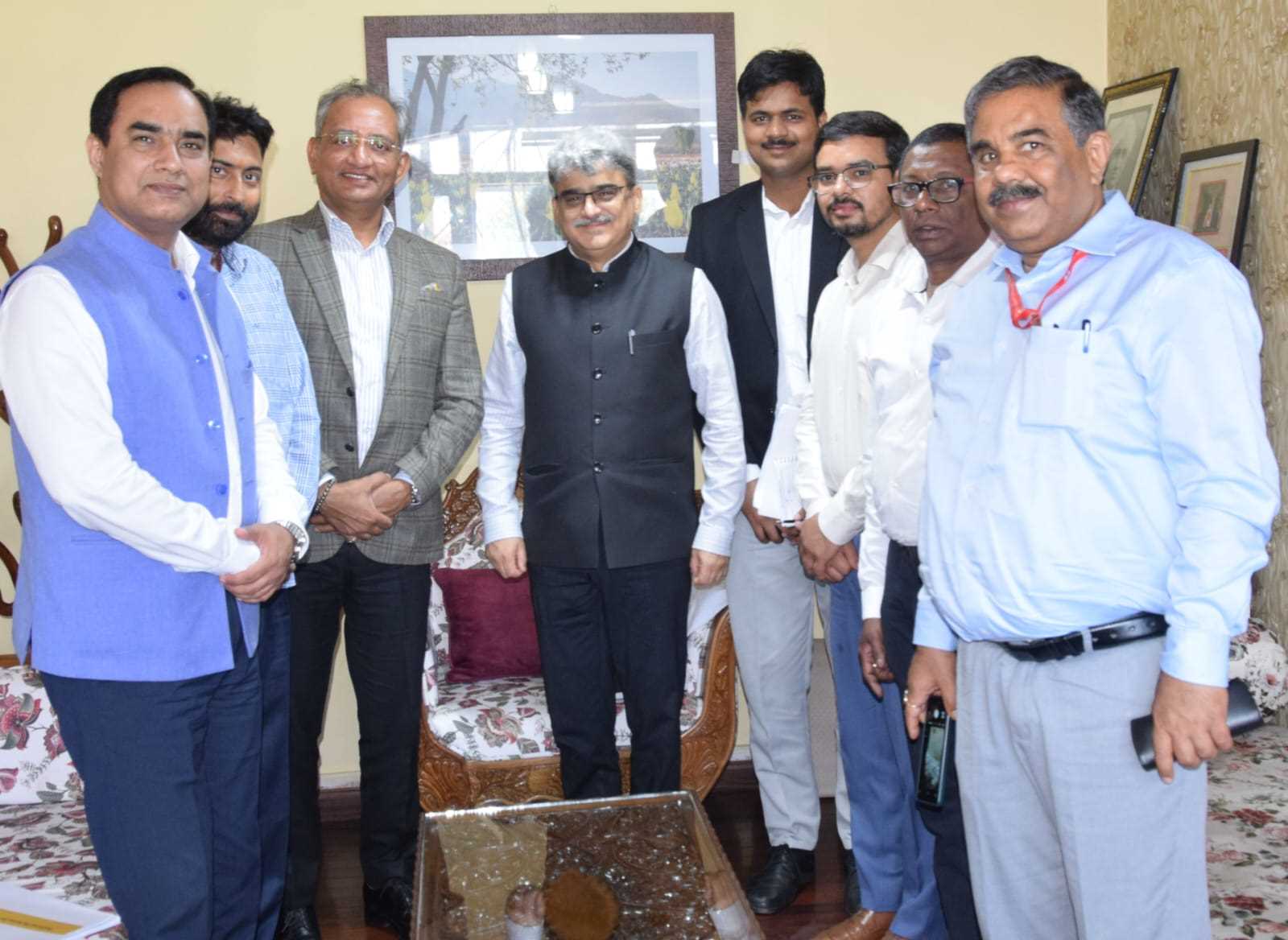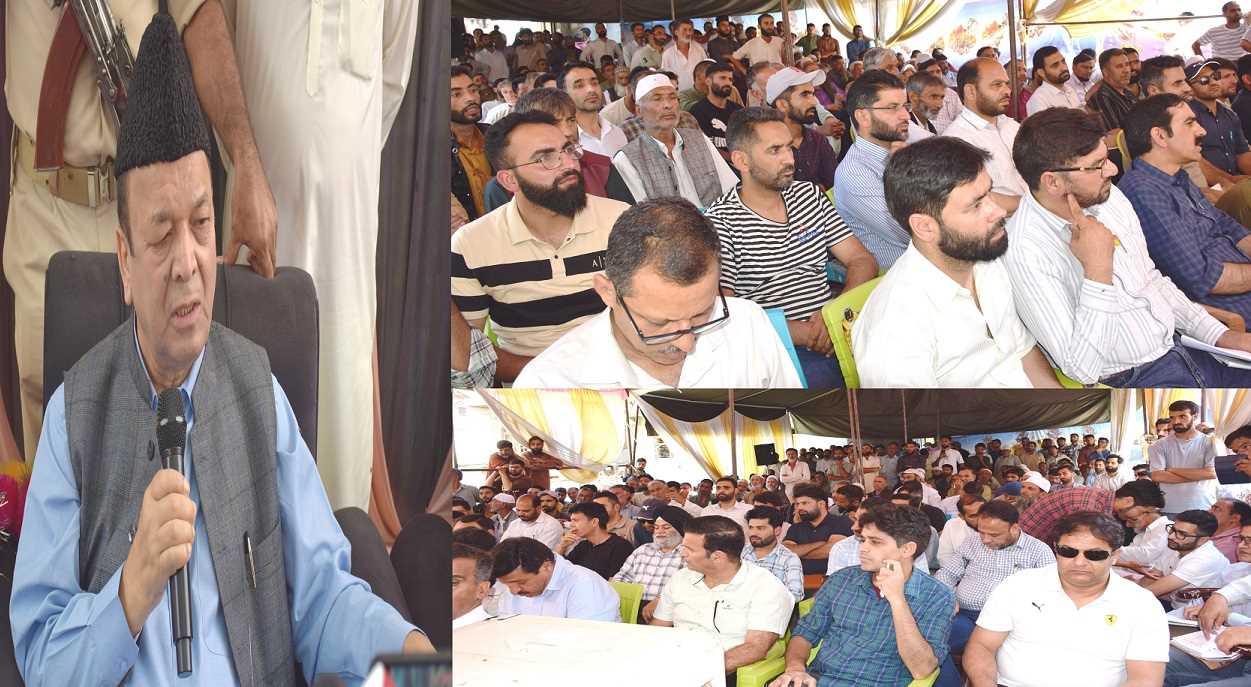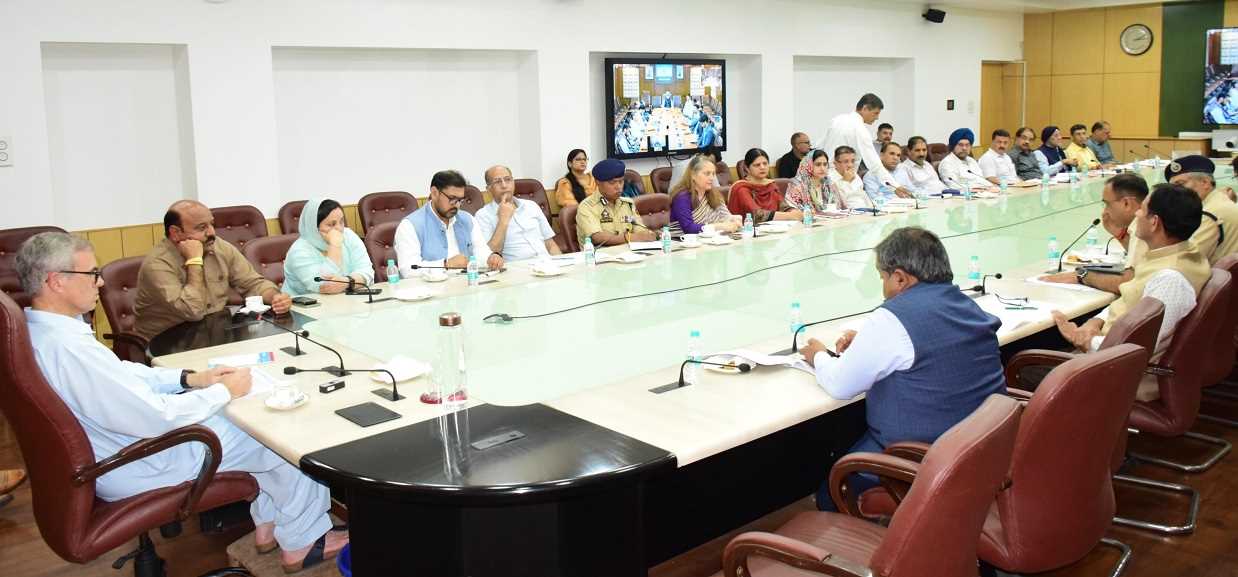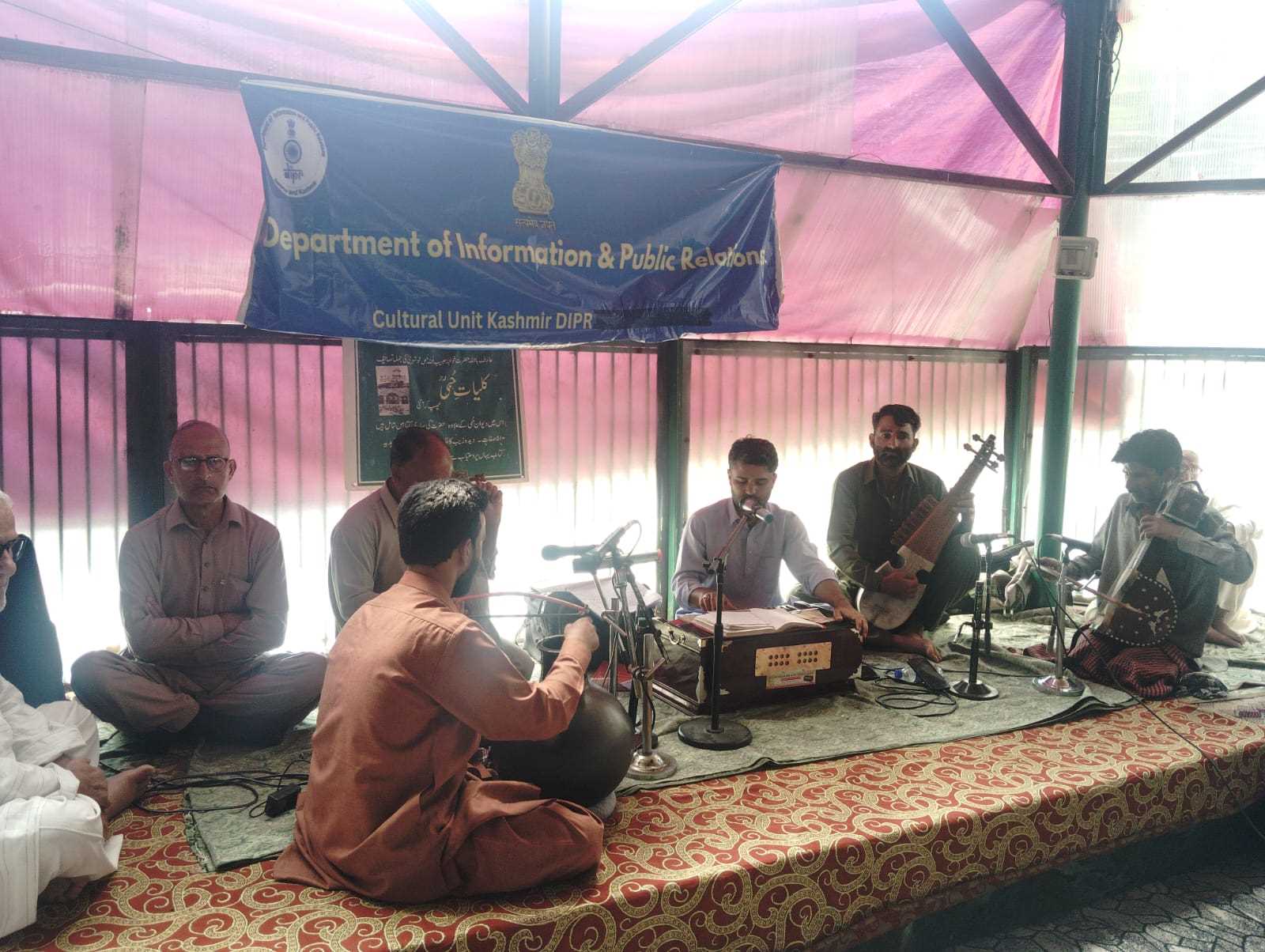South Kashmir, long known for its breathtaking landscapes and cultural richness, is experiencing a tourism revival like never before. Thanks to strategic development, improved infrastructure, and local participation, once-overlooked destinations are now drawing attention both nationally and internationally. From the serene springs of Kokernag to the alpine charm of Peer Ki Gali and the mystical trails of Sinthan Top, South Kashmir is becoming a vibrant tapestry of travel experiences.
This shift isn’t just transforming the Land of Meadows and Streams landscape it’s uplifting communities, reviving heritage, and placing South Kashmir firmly on the tourism map of India.
Kokernag, famous for its botanical gardens and trout hatchery, has been newly revamped with landscaped lawns, walkways, gazebos, and eco-friendly amenities. A once-quiet natural spot has now become a hub of eco-tourism and local entrepreneurship. Homestays, tea stalls, and cultural events are creating new economic lifelines for local families.
Training programs have empowered the youth, especially women, to find employment in hospitality, while community-driven environmental awareness campaigns are preserving the Paradise of Kashmir ecological balance.
Pahalgam, the iconic valley town, remains a crown jewel of South Kashmir, but new efforts have enhanced its visitor experience. Clean trails, better connectivity, and improved facilities at Chandanwari — the starting point of the Amarnath Yatra — are making these areas not just pilgrimage sites, but year-round destinations for adventure lovers and nature seekers.
New trekking routes and nature parks have been introduced to attract eco-conscious tourists, while river rafting and trout fishing are gaining popularity among young explorers.
Sinthan Top, connecting Kashmir to Kishtwar in Jammu, has recently emerged as a hotspot for high-altitude tourism. With its panoramic snow-covered passes and untouched meadows, Sinthan is ideal for bikers, solo travelers and photographers.
The government’s effort to develop roadside cafés, view-points, and rescue services has made this once-remote destination more accessible and safer for visitors. Locals from Kishtwar to South Kashmir are now benefiting from tourism-related jobs, from taxi drivers to shopkeepers.
Margan Top, with its breathtaking views over the Warwan Valley, is fast becoming a favorite among offbeat travelers. Its unspoiled beauty and wildflower-laden trails offer a raw, untouched experience. Efforts are underway to improve the approach roads and introduce eco-lodging options, making it an ideal site for sustainable tourism and rural development.
Dubjan, with its sprawling meadows and freshwater streams, is among Shopian’s best-kept secrets. Peer Ki Gali, on the Mughal Road, is not just a high-altitude pass but a place of historical and spiritual significance. Recent infrastructural developments, including rest areas and improved signage, have opened up these destinations to more tourists while ensuring their natural and spiritual essence remains intact.
These developments have directly benefited Shopian’s local population, especially artisans and shepherds, who are now finding newer ways to engage with visitor from selling handwoven products to sharing folk tales.
Aharbal, often called the “Niagara Falls of Kashmir,” is finally receiving the attention it deserves. With the recent installation of safety railings, walking bridges, and tourist shelters, the site has become more visitor-friendly. Adventure tourism like hiking, zip-lining, and rock climbing are also being explored here, creating an exciting blend of thrill and tranquility.
The Increase in footfall has allowed locals to set up eco-cafés and picnic spots, especially benefiting the youth of Kulgam and adjacent areas.
What ties all these destinations together is not just their natural beauty, but the common thread of community empowerment. Locals have taken center stage as guides, caretakers, entrepreneurs, and cultural ambassadors. Tourism, once seen as a seasonal affair, is now offering year-round opportunities.
Schools are organizing nature tours; artisans are participating in local haats and exhibitions; and traditional Kashmiri hospitality is being rediscovered through homestays and community lodges.
Additionally, the emphasis on eco-tourism including plastic bans, cleanliness drives, and awareness campaigns is fostering a new tourism ethic that balances growth with responsibility.
The government’s vision to promote unexplored South Kashmir is bearing fruit. With better roads, connectivity, and safety measures, even remote places are becoming accessible. Tourism calendars are being enriched with local festivals, adventure camps, food fairs, and art shows — all rooted in the Kashmir’s Southern Jewel unique identity.
South Kashmir is no longer just a place to visit; it is a place to feel, to connect with, and to remember. Its hills speak stories, its rivers sing songs, and its people open their hearts.
The recently developed tourist spots in South Kashmir —Duksum Kokernag, Pahalgam, Chandanwari, Sinthan Top, Margan Top, Dubjan, Peer Ki Gali and Ahribal together paint a picture of a on The Paradise of Kashmir the rise. This transformation, powered by local spirit and sustainable development, reflects a Kashmir that is not only beautiful but also hopeful.
As a writer and a daughter of this soil, I believe this revival is not merely about economic progress it is about dignity, pride, and the rediscovery of Kashmir’s soul. And for every visitor who walks these paths, it’s a reminder that paradise, indeed, lies closer than we think.
Email :----------------------------- mariyanoorpunoo@gmail.com












